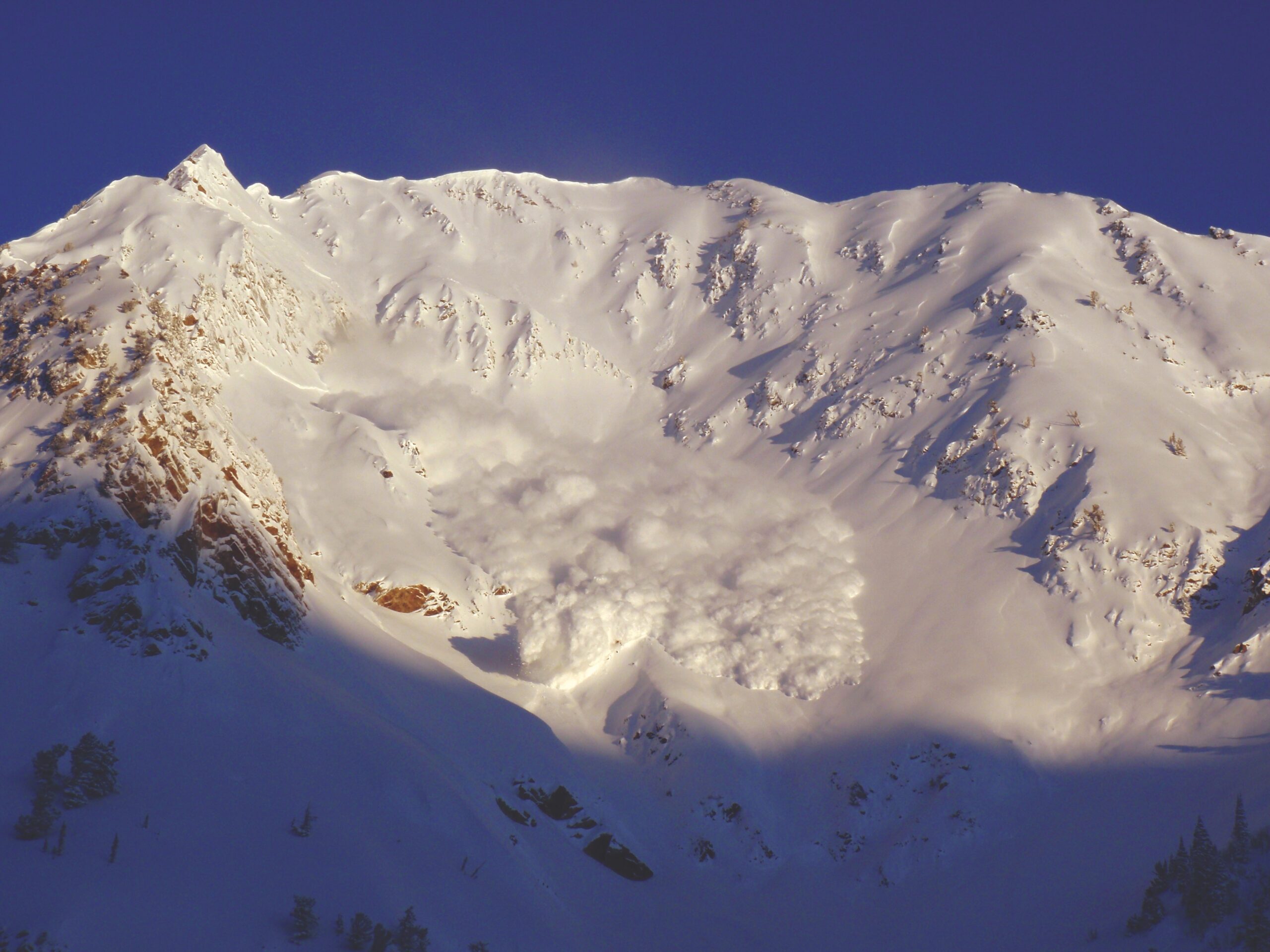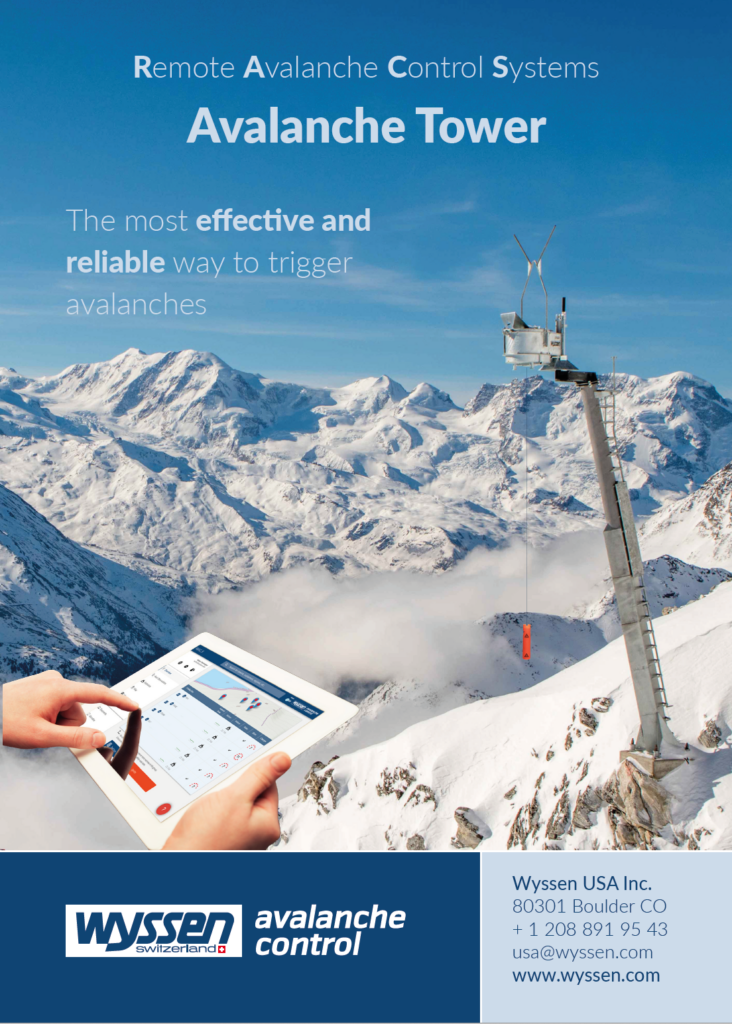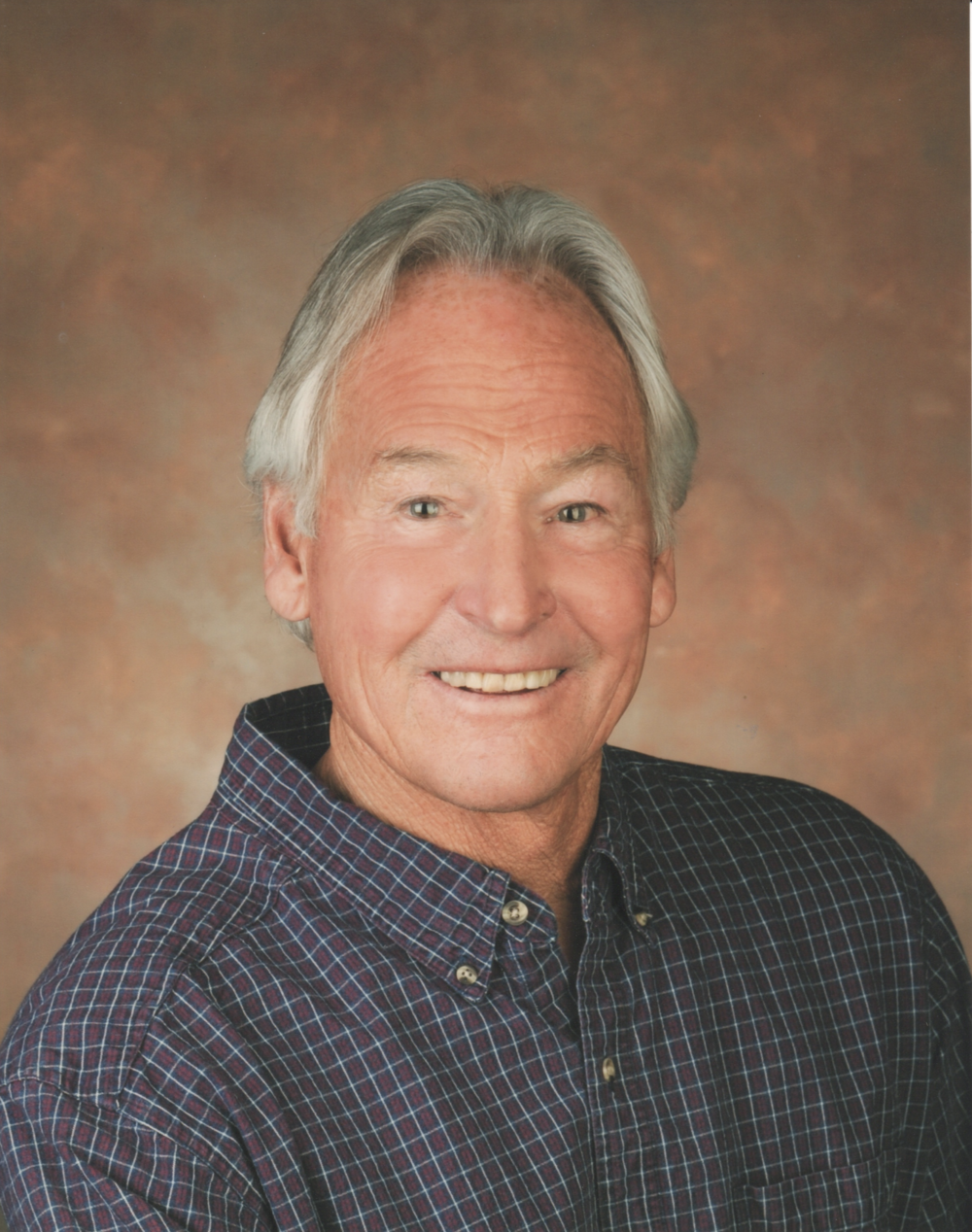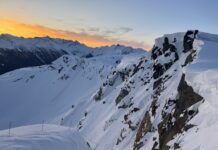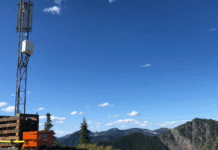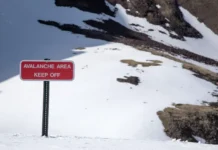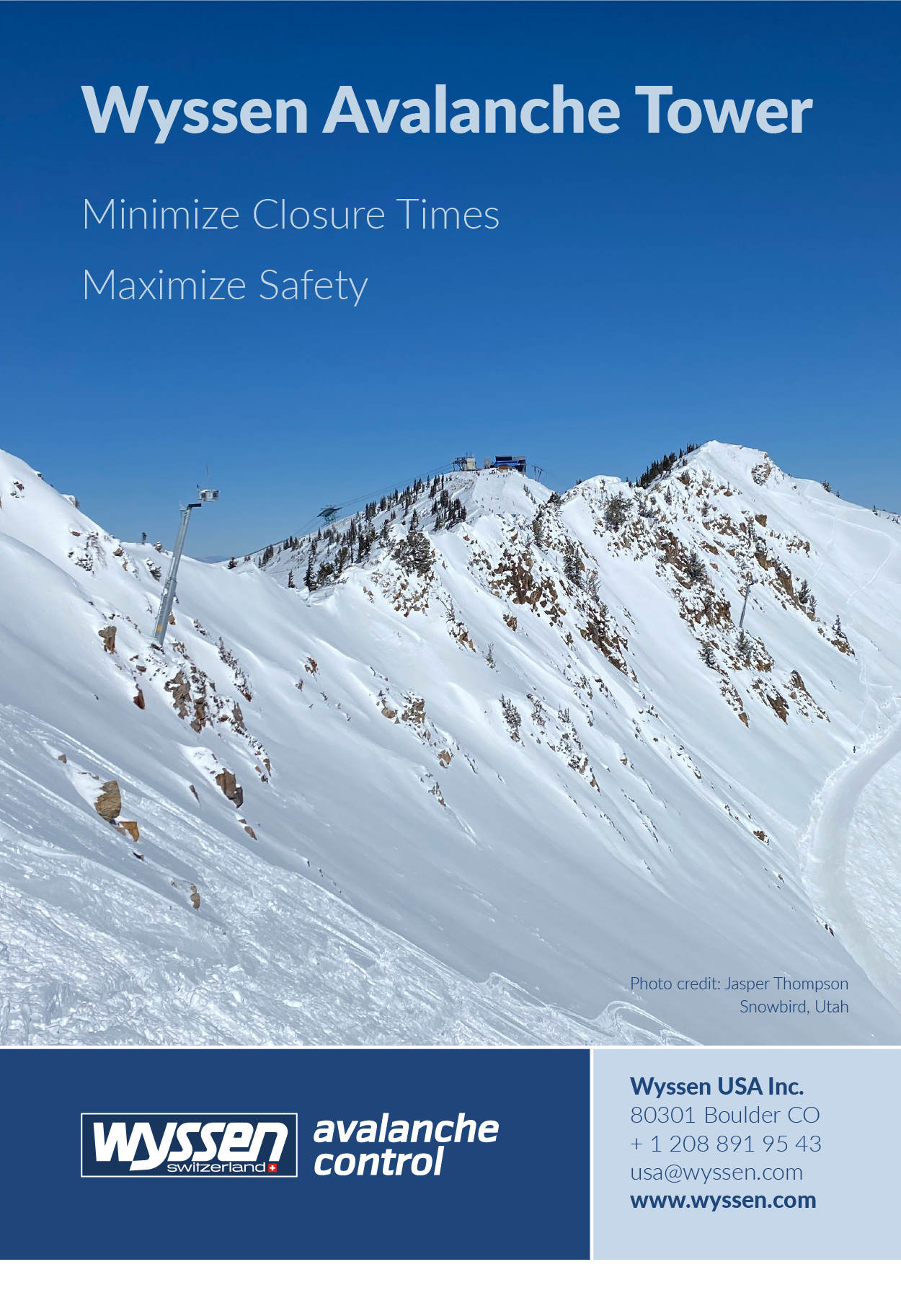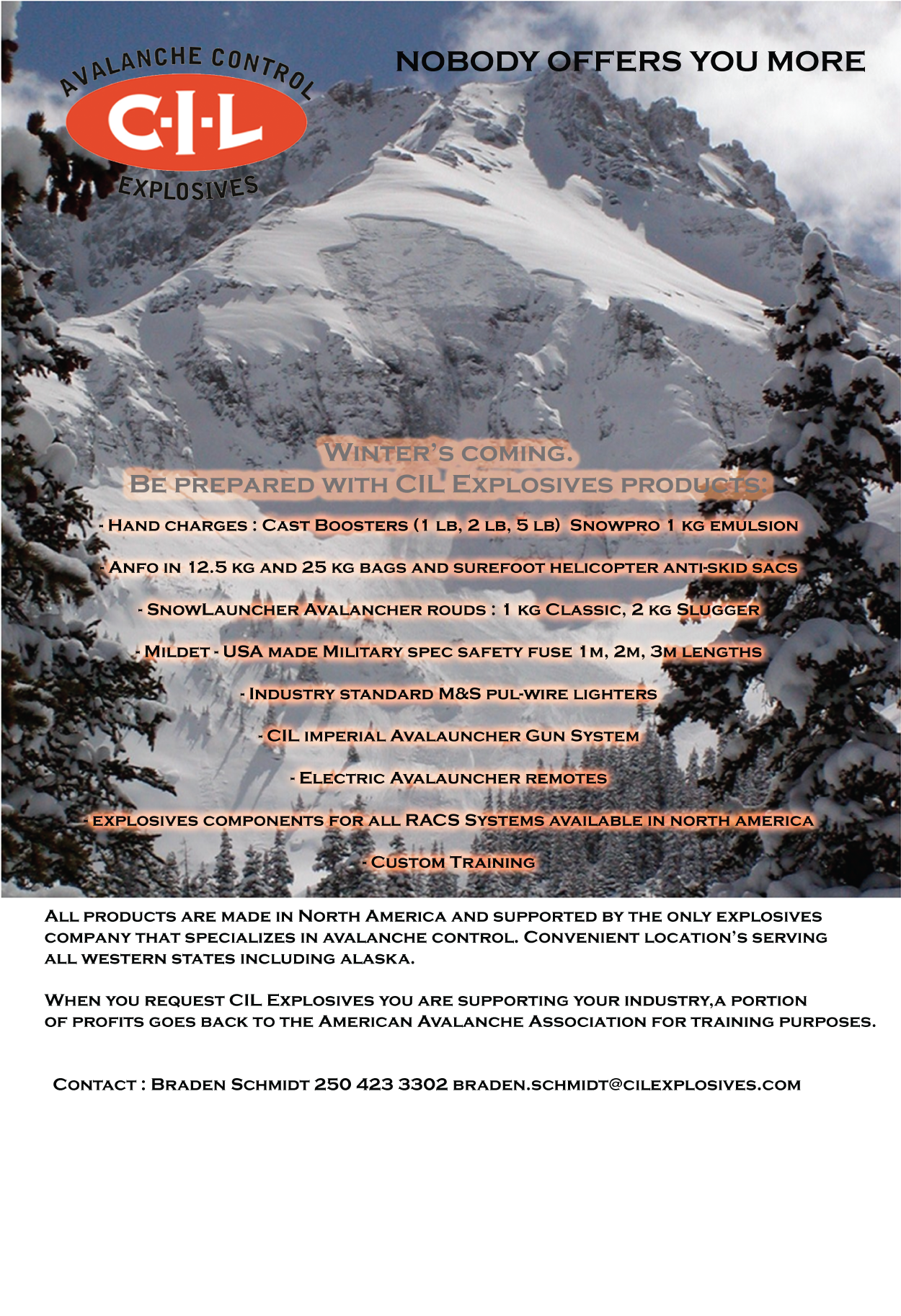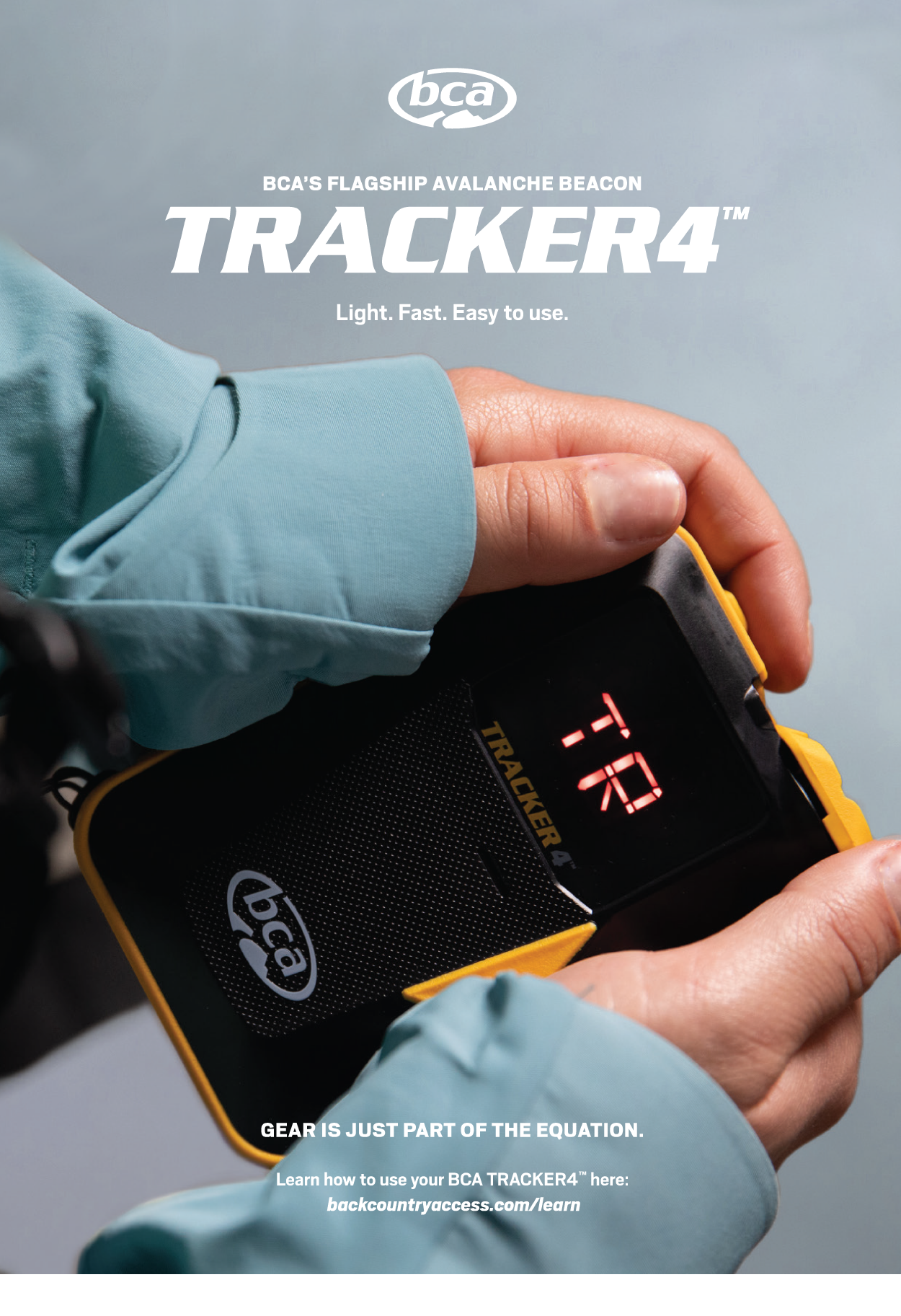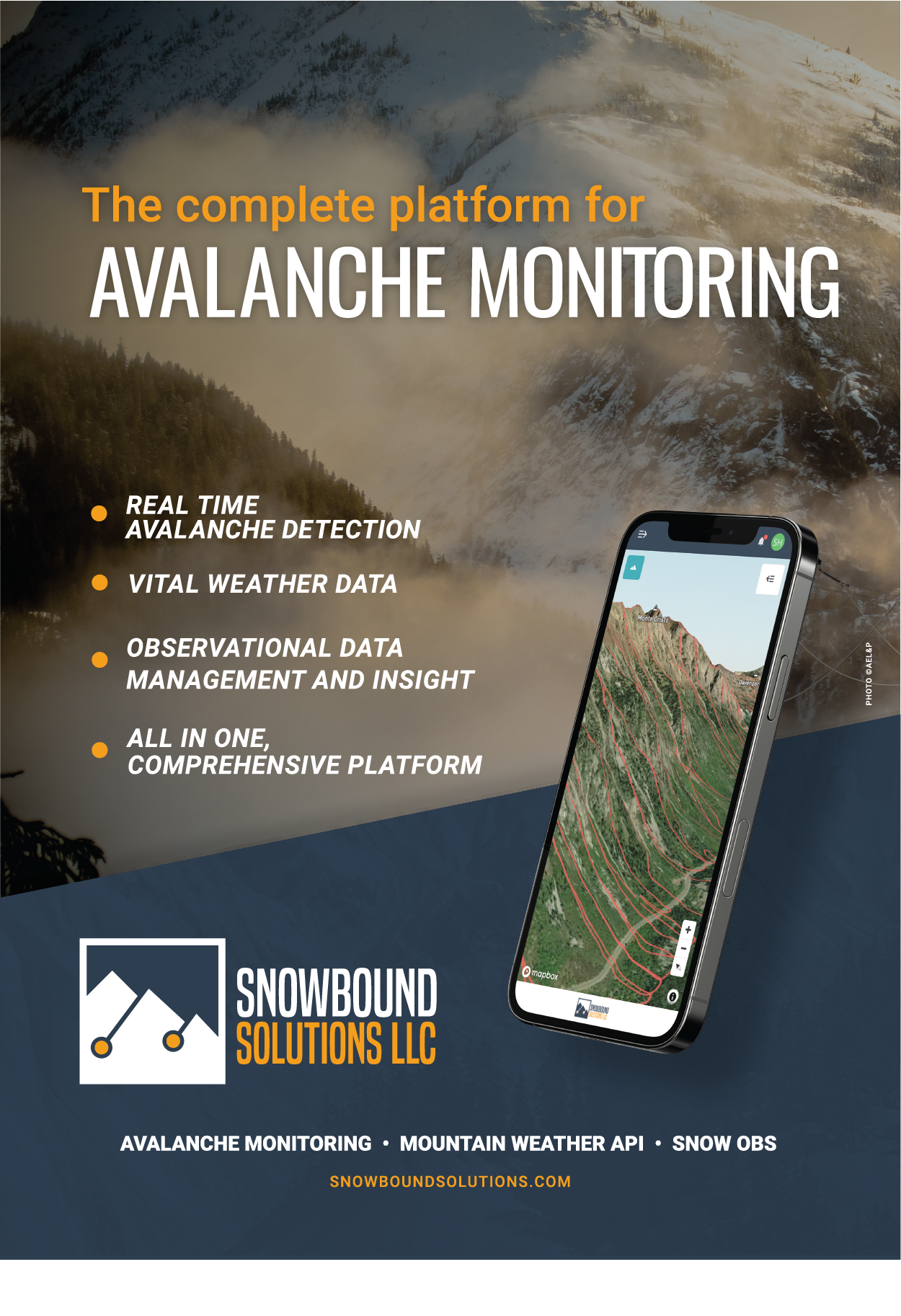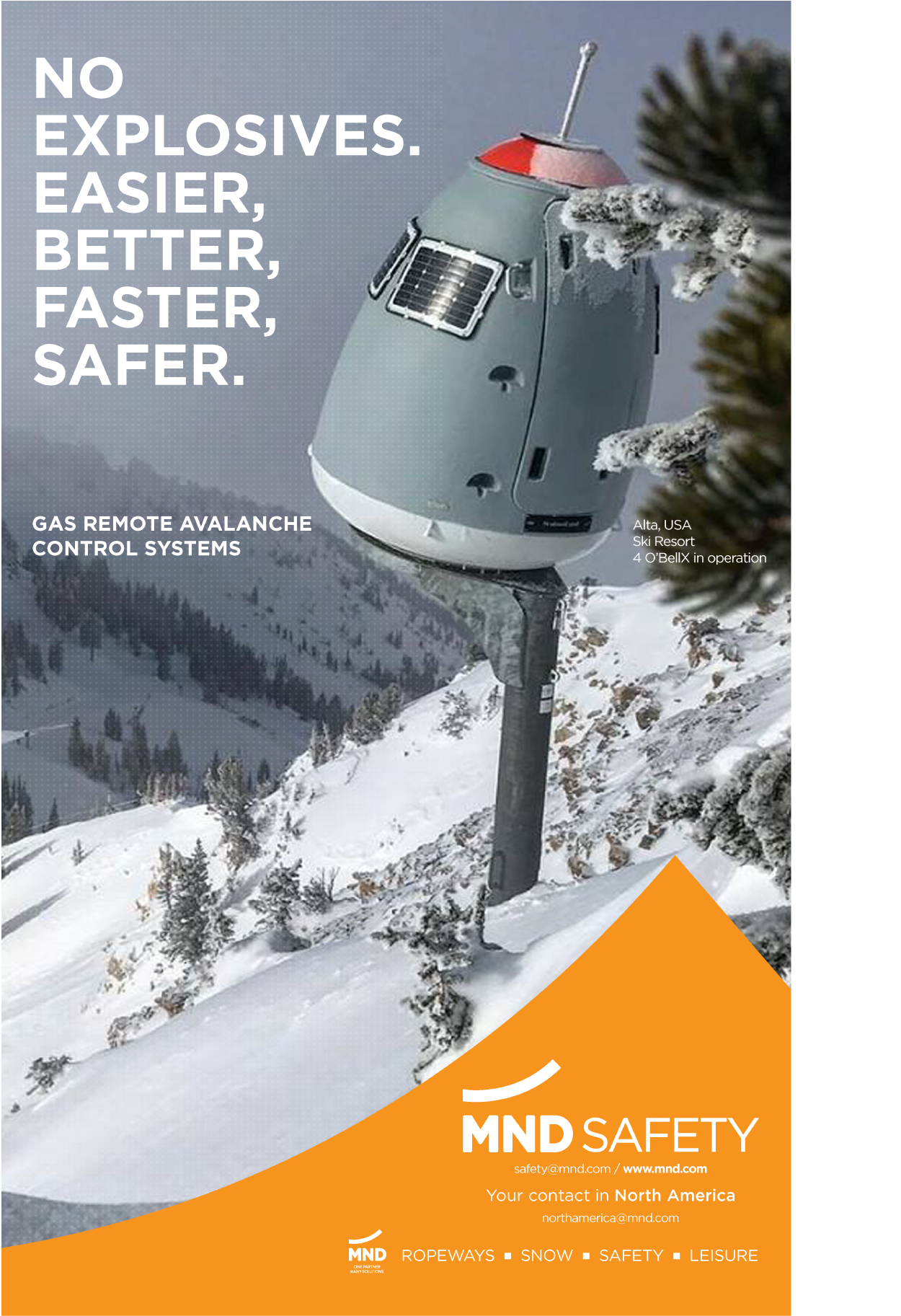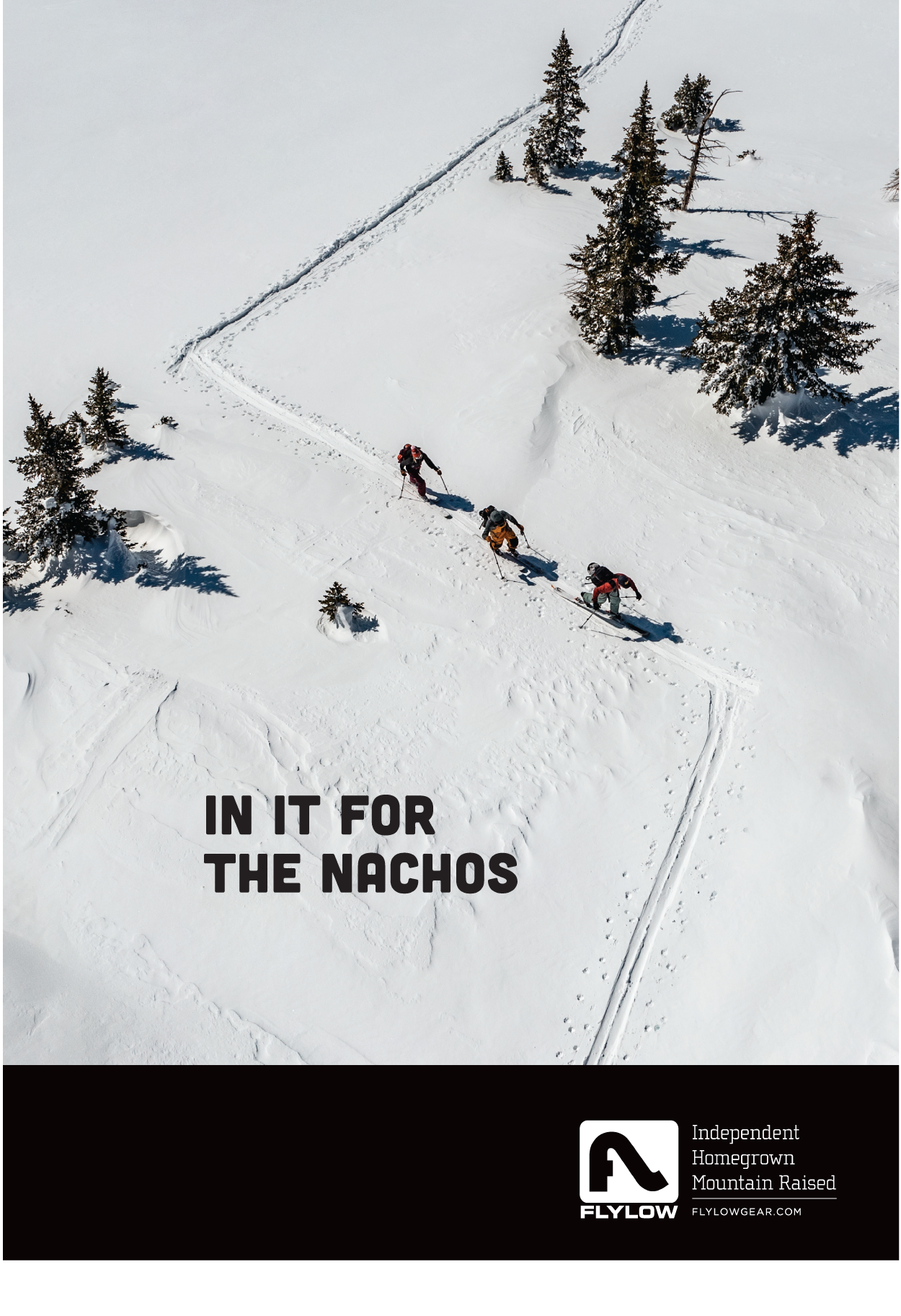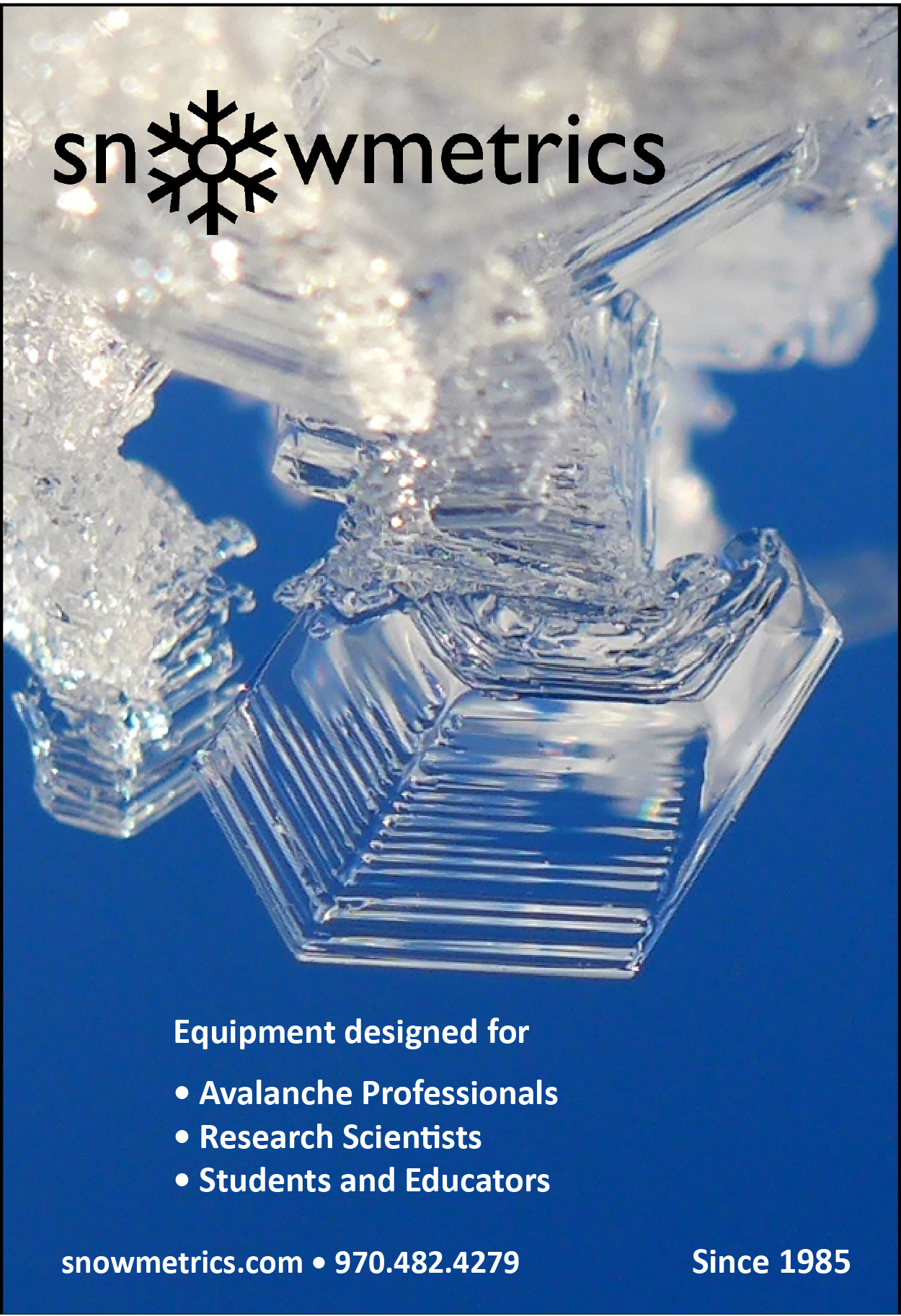The TAR time machine takes us back to 1973, where a bevy of venerable contributors bring vivid memories of an avalanche cycle in Little Cottonwood Canyon. I am deeply entertained by stories from Peter Lev, Onno Wieringa, Ron Perla, Tom Kimbrough, and honored that Liam Fitzgerald would send us an excerpt from his yet-to-be published memoir. Plus it makes me laugh that these guys are still debating the sequence of events within a 15-minute span 45 years ago. –Lynne Wolfe, Editor’s Note, Issue 37.3
Under Siege 1973
By Liam Fitzgerald
NOVEMBER 1973: When living it day to day, a couple of years can seem like a long time; looking back on it from the end of a forty-six-year career, not so much. As season two was drawing to a close, I started to feel as though I was gaining my “sea-legs” and becoming fairly adept at facing what Mother Nature could throw at me. The stories we had all heard of the historic storms of the past, and the havoc they wrought, evoked a strange desire to actually experience them in person, if for nothing else, but to see how we might measure up. All that rather naive bravado might well be expected from a young and still fairly inexperienced avalanche worker, but it was also a perfect example of what people mean when they say: “Be careful what you wish for.” For those of us who lived and worked in Little Cottonwood Canyon, things were going to get very interesting in the not-too-distant future.
November 1973 saw nearly average snowfall (73”), but lower than average snow water equivalent (SWE) (3.88”), and after starting out fairly cold, temperatures warmed considerably towards the end of the month, and it even rained up to l1,000’! Prior to the warm-up, the snowpack on the upper mountain was quite weak in many areas; faceted crystals formed a pronounced weak layer near the ground, while on lower elevation slopes, conditions were much different; the thick layer of depth hoar found up higher was absent, and the snowpack appeared to be fairly strong. There were also areas with a combination of what could be found at both the top and the bottom of the mountain – weak snow lower in the pack, and stronger snow near the surface. All in all, the probability of making accurate predictions as to what might happen in the future, based on snowpack conditions, seemed rather low.
The first three weeks of December 1973 passed by without any significant weather or avalanche events. There were a few small storms, which as expected, required some attention, but nothing truly noteworthy. This “ho-hum” weather pattern resulted in only slight changes in the snowpack during that period, and in general, things remained more or less the same as they had been when the month began. Weak snow could still be found near the ground, and in some cases faceted grains still comprised a major portion of the snowpack. But in other cases the overlying layers of snow seemed to have gained a little strength during the previous few weeks, and conditions didn’t look quite as threatening.
Would these types of conditions decrease the likelihood of the deep-slab avalanches that seemed to be normal for the area during December and early January, or would the snowpack structure allow for a considerably larger build-up of snow before the “weak link” would eventually fail?
By the third week of December, the National Weather Service Office in Salt Lake City began to suggest that a large, well-developed storm was headed our way, and that it was a “slow-mover,” that could, if things fell into place, produce a lot of snow.
The following excerpts are taken from the journal of daily weather, snowpack, and avalanche events that I kept from December 1972 until June 2014.
12/22/73: Began to snow mid-morning. 5” (Snow) .53” (SWE) by 1600 hrs. Winds shifting to south, 30-35 mph, with stronger gusts.
12/23/73: 7” (snow).65” (SWE) overnight, winds still southwesterly, but speeds have decreased to the 20-30 mph range. Much of mountain well skied during the day, but several areas on upper mountain left closed due to the weather, and limited visibility. Snow continuing during day, another 6”/.55” by p.m. observation.
12/24/73: Snow continued overnight, another 5”/.45” by 0530 hrs. Wind decreasing and shifting to the west. Very little avalanche activity from control work. Skiing good, although portions of upper mountain remained closed due to inability to see upper elevation starting zones and uncertainty of what might be going on there. Light snow during the day, tapering off around sunset, 1.5”/.08” measured at 1600 hrs.
12/25/73: Wind increasing overnight, 35-40 mph from southwest. Temperatures also rose during night to just above freezing. Began to snow again after midnight, heavily rimed crystals. 5”/.66” measured at morning observation. Firing Village howitzer onto Mt. Baldy and a few other upper elevation targets in am, no visible results. Highway targets east of Snowbird fired with limited results on Superior and Hellgate. Very thin rain crust observed below the new snow all the way to the top of the ski area. Snow continuing during the day along with strong westerly winds, and decreasing temperatures. 6”/.53” measured 1600 hrs.
12/26/73: Light snow overnight, 3”/. 25”. Winds decreasing to 15-20 mph from west. Thin cloud cover in am (could almost see the moon). Once again, control work produced little in the way of avalanche activity. Some visibility up high, looks like a lot of snow most everywhere, but no significant avalanches(?). A couple of inches of very light snow fell during the day, without much wind. Much of mountain open, and pretty well skied.
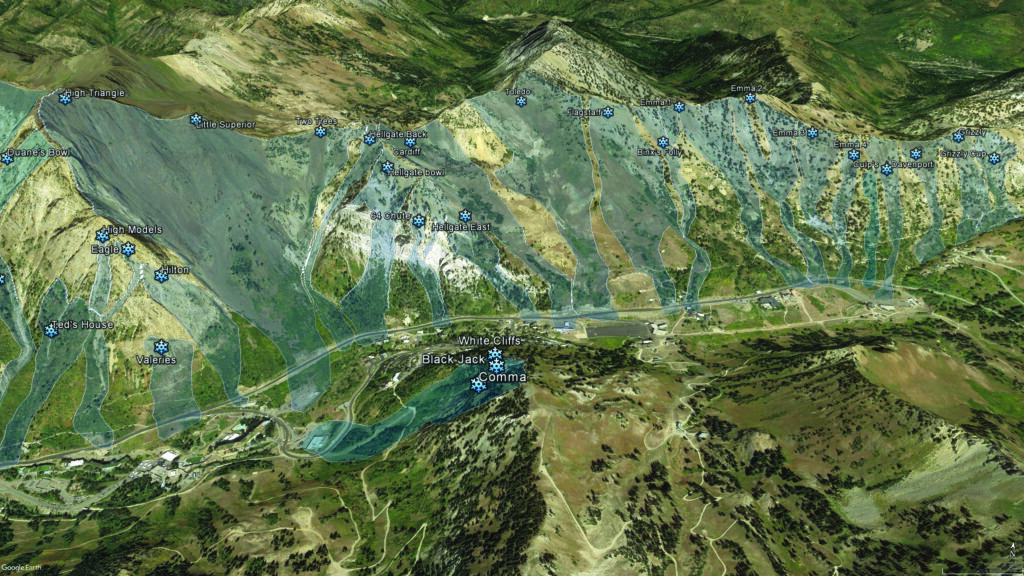
12/27/73: Storm returned during the night, 3” /.40” new by morning. Wind shifting back to the south and increasing. Snowing hard. Lots of new snow avalanches from control work, both in the ski area and above the canyon road. Little Pine (slidepath name) across road from shooting, 5’ deep, 150’ wide, not sure of activity above Town of Alta. Snow throughout day, 13”/1.70” by evening. Canyon road to close around midnight, Interlodge Travel Restrictions to go into effect.
12/28/73: Snow continued overnight with strong westerly winds. 12”/1.38” measured at 0500 hrs. Lots of wind in study plot, so not sure if measurements arc accurate. Much blowing and drifting of snow, even at lower elevation. Alta and Snowbird both closed due to severity of storm and avalanche hazard. Shooting road targets closest to the Snowbird Village and above the Town of Alta in am, no plans to open road at this time. Running a few hand charge routes to protect snowcat roads, in order to maintain access to the Valley Howitzer, and some of the chairlifts. Two patrollers caught and carried several hundred feet in Wilbur Bowl, no injuries! Re-shot highway at 1530 hrs. Only one large avalanche observed. Wind blowing very hard, with lots of drifting snow, hard to see.
12/29/73: Snowfall and wind decreased somewhat during the night. Decided to try to get road open, to allow for lodge guests to leave, and a few supplies to be brought up to the resorts. Firing all highway targets from Snowbird down. Alta gun crew could not get to their weapon to do control work as the Wildcat chairlift could not run due to too much wind. Alta remained on lnterlodge Travel Restrictions. Road below Snowbird opened around 1300 hrs. At 1330, large Natural (avalanche) observed from Cottonwood Draw. Road immediately shut down, and we re-shot several highway targets. Several more releases from firing, but none reached road. Reopened road for a few hours to bring in supplies, all closed again at 1700 hrs.
12/30/73: Storm still raging. Very high avalanche hazard everywhere, Interlodge Travel still closed. Over 60” of snow, and over 7” of water since storm began, most of it in the past two days. Decided not to try to open anything! Threw shots into Dalton’s Draw from the tram car, with no results. Took snowcat to Valley Howitzer, firing most all highway targets. Only result observed was large avalanche from #10 Springs Gully (slidepath name), assuming many other paths ran also, but did not try to travel down the road to check things out. Reports of devastation at Alta! Alta Lodge and several other buildings damaged, many cars hit, and at least one serious injury. Brought “road-gun” to Snowbird Plaza to fire avalanche paths above the Village. Lodge evacuated, and guests brought to Snowbird Center. One slide ran all the way to the Plaza, damaging several trailer houses used for employee housing, with one minor injury. Much relief to have those paths shot.
12/31/73: Clearing during night. Using helicopter to bomb highway targets, resulting in several large avalanches. VERY large avalanches from Superior and Hellgate, Superior crossed the creek, and ran uphill a considerable distance on the other side of the Canyon, depositing snow and tree branches on Bypass Road! The road under Superior and Hellgate (~2,500’ in length) must be covered with at least 20’ of avalanche debris. Most all avalanche paths on the north side of the canyon slid to the road, and several ran to the creek! Alta looked like a war-zone, with the walls of buildings caved in, windows blown-out, vehicles tossed every which way, and a VW Bug deposited on the roof of the Alta Lodge!
Although this storm only ranks tenth on the list of Alta’s biggest storms of the past seventy-years (snow and water equivalent wise), it was very destructive. In fact, it was the most destructive storm to hit the town of Alta since the mining era, and to my knowledge, no storm since then has caused as much damage. I never heard what the total cost of the damage actually was, but it would have had to be in the hundreds of thousands of dollars. Viewing all that destruction was a little depressing at first, but as with most natural disasters, the effort by the local population to work together to clean up the mess and get back on their feet was inspiring.
In long duration storms such as this one, carrying out avalanche control work at carefully planned intervals can be critical, especially when inhabited buildings are at risk. The inability of the Alta gun crew to reach the P-Ridge Rifle on December 29th due to high winds preventing the chairlift from operating may have played an important role in bringing about the devastating avalanches that occurred on the 30th. As it turned out, there was a period of more than twenty-four hours when the slopes above the Town of Alta had not been controlled, all the while the storm continued to rage. There is no guarantee that if they had made it to the gun mount on the 29th, and been able to fire at the targets above town that the outcome would have been any different, but it might have helped. By shooting one day earlier, it’s possible that they may have brought down slightly smaller avalanches than the ones that eventually occurred. By the time the gun crew did reach the weapon, midmorning of December 30th, there would likely have been several additional feet of snow blown into the starting zones that hadn’t been there the last time they had been shot. Realizing this, and the potential for occupied buildings to be hit, they had developed a plan to try and minimize the risk.
The slide paths that threaten the Town of Alta are spread out for more than a mile along the east-west running ridge that separates Big and Little Cottonwood Canyon. The plan was to fire one of the western-most targets, Hellgate Bowl, first, and wait for a report from the Hellgate Condominiums, which are located within the runout zone of that path. The resident manager of the Hellgate would try to observe the results from the basement of the building, where he and the other residents were sheltered. If a large avalanche was observed, he would relay the information by phone to Alta Central (the Alta Marshal’s dispatch office) and the dispatcher would then relay the information by radio to the gun crew. Then, knowing that large avalanches were occurring, they would fire the rest of their targets, moving from west to cast, in slow secession, waiting after each shot to hear what the results were. If any of the lodges reported being hit, firing would be suspended until the safety of the building’s occupants could be confirmed.
The first shot in Hellgate Bowl did produce a large avalanche, which hit the northwest corner of the building. Thankfully, that portion of the building had been evacuated, and there were no injuries. But for some reason, the confirmation that avalanches were running, and running big, was never received by the gun crew, and without that input, they assumed all was OK. They started firing subsequent targets in rapid succession, not wailing for a response from the dispatcher as to what the results might be. As they moved eastward to the targets on Flagstaff Mountain, a sudden, frantic call from the dispatcher, “We’ve been hit, Alta Central has been hit!” burst forth from the radios we all carried, followed by an ominous silence. No one said a word. We collectively held our breath, waiting for the next transmission, which came several seconds later, “Our whole building was just engulfed in a huge dust cloud, and I can see that the Alta Lodge has been hit!” That set things in motion. A few individuals who had been at the bottom of the mountain got there first; struggling through waist-deep snow, broken and uprooted trees, upside-down cars, and shattered glass, in order to reach the building.
A group of Alta ski patrollers arrived a few minutes later, and began to search the rooms where they thought people might be trapped. Thankfully, on the side of the building that faced the mountain, the guests had been evacuated in advance, which was a good thing because those rooms were the most seriously damaged. But a room at the end of the now demolished east wing was thought to have possibly been occupied by a female employee, and that’s where the rescue party headed. As they pulled open the door, they found the inside packed with snow to the top of the doorframe. They began to dig their way inside while frantically calling the young woman’s name, but not hearing any response. After what must have seemed like an eternity, they found where her bed was located, and as they continued to dig, they discovered her shoe, and then a leg, and finally they reached her upper body. She was alive! Amazingly, as the avalanche had blown through the room’s only window, the air-blast ripped off the curtain and sent it sailing across the room, and then defying the laws of probability, it landed on her head and shoulders, covering her face. Then came the snow, which buried her where she lay. But the window curtain had created an air-pocket over her nose and mouth, which kept her alive until the patrol dug her out.
There was another Alta Lodge employee, however, who wasn’t quite so lucky. The same avalanche that had buried the young woman in her bed had struck other parts of the lodge as well. Two young men were in the Alta Lodge kitchen when the wave of snow broke through the north wall, traveled down a long stairway, and slammed one of them against the stove at the far end of the room. He was only partially buried, but had suffered serious injuries, one of which was thought to be life threatening. Now we had a real problem on our hands.
Three of us had been driven by snowcat to the Valley Howitzer about the same time as the P-Ridge gun crew made it to their weapon. Our plan was to shoot only those paths above the highway that threatened the western edge of the resort. Prior to the storm of December 1973, the slopes directly above the Snowbird Village were not considered to be much of a threat, and because of that perception, during the first few years of operation, there was no plan in place as to how to control them. But in the spring of 1973, there had been several wet-snow avalanches, initiated by warm daytime temperatures, observed running from this area, which had come fairly close to the road. When we realized the level of destruction being wrought upon Alta, we felt that those slopes that we had never been concerned with before might actually pose a threat to the Village.
The 75mm Pack Howitzer, located at the Valley Gun tower, was a great little weapon, but it had a few limitations, for one, you could only lower the tube or barrel so far in order to hit lower-elevation targets. The slopes above Snowbird Village that we had suddenly become concerned with were likely to be below the level that the weapon could reach, but we decided to give it a try anyway. Hoopie, armed with a radio, climbed onto the roof of the Lodge at Snowbird and acted as a forward observer while we made several attempts to get shots into the general area. All the other targets above the canyon road and the Town of Alta could be fired in the dark, or during periods of poor visibility by use of Blind-Fire target data. We had no BlindFire data for the slopes above Snowbird Village, so even if we could have lowered the barrel far enough to reach them, we would have had no idea where the shots were landing. His reports from the rooftop confirmed our suspicions that we were not able to hit the right areas, even though we had lowered the weapon so much that each time we fired a round, it tried to jump out of its wheel chocks and careen off the mount. There was also some concern that with each round we fired, due to his close proximity to the detonation, Hoopie would hear the whine of shrapnel whizzing over his head. When we finally realized that this approach wasn’t working and that we needed to try something different, he agreed, and willingly abandoned his post.
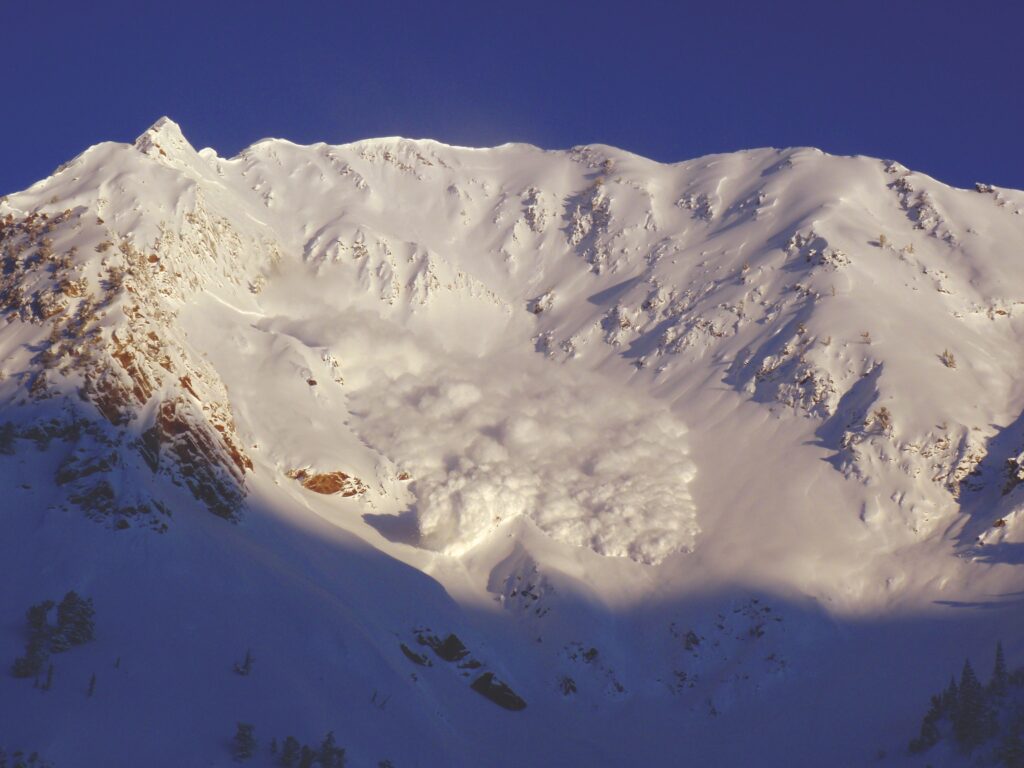
There are times when it seems that fate just takes over, and directs you to do things for reasons you don’t fully understand at the time. Case in point: we had another 75mm Howitzer, that on rare occasions we would haul down the canyon road to fire slide paths that could not be shot from any of the permanently mounted weapons at the resorts. For some unknown reason, a day-or-so earlier, during the first part of the storm, I had gotten ahold of that weapon and had it moved to the garage on the bottom floor of the Snowbird Center. When we realized that we couldn’t hit the starting zones above the Snowbird Village with the Valley Howitzer, the idea of using this other weapon seemed like a possible alternative. We got a snowcat to haul it up onto the Plaza (the large, open-air deck that serves as both “Village Square” and roof of the Snowbird Center, surrounded by shops and restaurants, and adjacent to the loading area of the Aerial Tram) and there it waited, for what, we weren’t exactly sure.
A doctor who had been trapped at the Alta Lodge for the past week determined that the young man injured by the avalanche had a ruptured spleen, and needed to get to a hospital, quickly; but how to do it? Much of the canyon road was no doubt buried under avalanche debris, and before the plows could start removing snow, we would need to control the rest of the paths that affected the road. All that would take a day or maybe longer. A call was made to the helicopter operator who provided the aircraft for the fledgling helicopter-skiing operation in the canyon, asking him what the chances might be of using a helicopter for the evacuation. He was briefed on the situation and thought that in spite of the storm and poor visibility, he might be able to fly up the canyon from the Salt Lake Valley, grab the victim, and fly him back down to the hospital, in time perhaps to save the young man’s life. I don’t think anyone but the pilot really thought that this was possible; it was still snowing, and still very windy, with the cloud deck only about two or three hundred feet above the road. But in spite of all that, he was willing to give it a try. He took off from the airport and started his climb up to Alta. As he entered the canyon, we stopped firing the Valley Howitzer to allow him to get past Snowbird, and we watched as he traveled, not more than a hundred feet above the road, from treetop to treetop (his only visual reference), on his way to the Alta parking lot where the victim was waiting. He picked up his patient and repeated the same flight plan, this time going down canyon. No one who witnessed that event had any doubts about the skill and heroism he displayed that day.
After finishing our rather ineffective mission at the Valley Howitzer, we returned to the Snowbird Village for the next episode in the unfolding drama. We had decided that the Lodge at Snowbird needed to be evacuated, and in the time it took for us to get back down from the weapon, all the guests had been removed and were brought to the Snowbird Center. Several members of the patrol took a snowcat to the ammo storage magazine near the bottom of the mountain, picked up the appropriate number of rounds, drove onto the plaza-deck, and deposited them near the gun. The storm seemed to have lessened some in intensity by the time we had set the weapon up on its makeshift firing platform, and we were ready to start firing. Also during that period, a number of the guests we had moved from the Lodge – several dozen at least – had discovered what was going on, and had gathered behind us on the Plaza, in what seemed to be a reasonably safe location, to watch the show. Through the in and-out visibility, we could see several large wind rolls on the fairly broad, open, but not particularly long slope that rose up from the road, across the canyon from the Village. We aimed the weapon at one of them, and just before the clouds completely obscured our view again, pulled the trigger.
Along with removing everyone from the Lodge over concerns for their safety, there were three doublewide house trailers parked adjacent to the Plaza which were being used for temporary employee housing; we evacuated them as well. The holidays had been more hectic than usual, with hundreds of lodge guests stranded at the resort; the scores of employees stuck in the canyon also needed to be sheltered during the storm. Some of these individuals who had nowhere else to stay, “crashed” in the trailers along with the regular occupants. All in all, there was little privacy during the past several days and nights, and little or no chance for recreation of any kind. Not wanting to pass up an opportunity to have a little time alone-together, a young lady named Valerie who lived in one of the trailers and her boyfriend snuck back inside once everyone else had left.
As I peered into the clouds, trying to see the results from our first shot, I suddenly saw what appeared to be aspen trees, popping out of the snow, and being hurled towards the Plaza at a high rate of speed, along with a billowing dust cloud. As I turned around with the idea of escaping, the first thing I saw was a wall of people, the same people we had moved out of the Lodge, standing there, heads tilted back, and mouths open wide, transfixed by the same image that I had just seen; a large avalanche headed directly towards them. I threw my arms up into the air and yelled, very loudly, “RUN!” They looked at me for about half-a-second, and then all scattered, trying to find anything they could to hide behind.
As the dust settled, one-by-one, we all, slowly and quietly at first, made our way back into the open to assess the damage. The avalanche had deposited about a foot of snow on the Plaza deck, along with an abundance of aspen branches. We had been spared even worse damage thanks to a large hole that had been dug a little uphill of the Snowbird Center. The hole, or excavation, was for the foundation of a new lodge (scheduled for construction the following summer), but it was currently empty. Due to its considerable depth and width, it slowed the avalanche down and contained much of the snow that, had it not been there, would have hit the Plaza.
As people continued to come out of the woodwork and look around, we heard someone yell up to us that they thought they heard voices calling out from one of the trailers. The avalanche had damaged all three of them, but one had remained upright, in spite of being hit. Further inspection confirmed the original report that people were trapped inside. Several patrollers quickly located picks, axes, and shovels and began to frantically break through the partially collapsed wall of the trailer to reach whoever was trapped inside. This took a while, during which time many of the people from the Plaza who had witnessed the avalanche, gathered on the edge of the deck to watch the drama unfold below them. After several minutes of beating and shoveling, they got inside; a short time later one of the rescuers popped his head back outside and said; “There’s two people in here, they’re alive, but they’re naked!” We happily gathered up some blankets to provide them with a degree of modesty, and the now celebrated couple made their way out of the trailer, to the applause of several dozen strangers. As one might expect, we named the avalanche path that caused all the damage Valerie’s.

